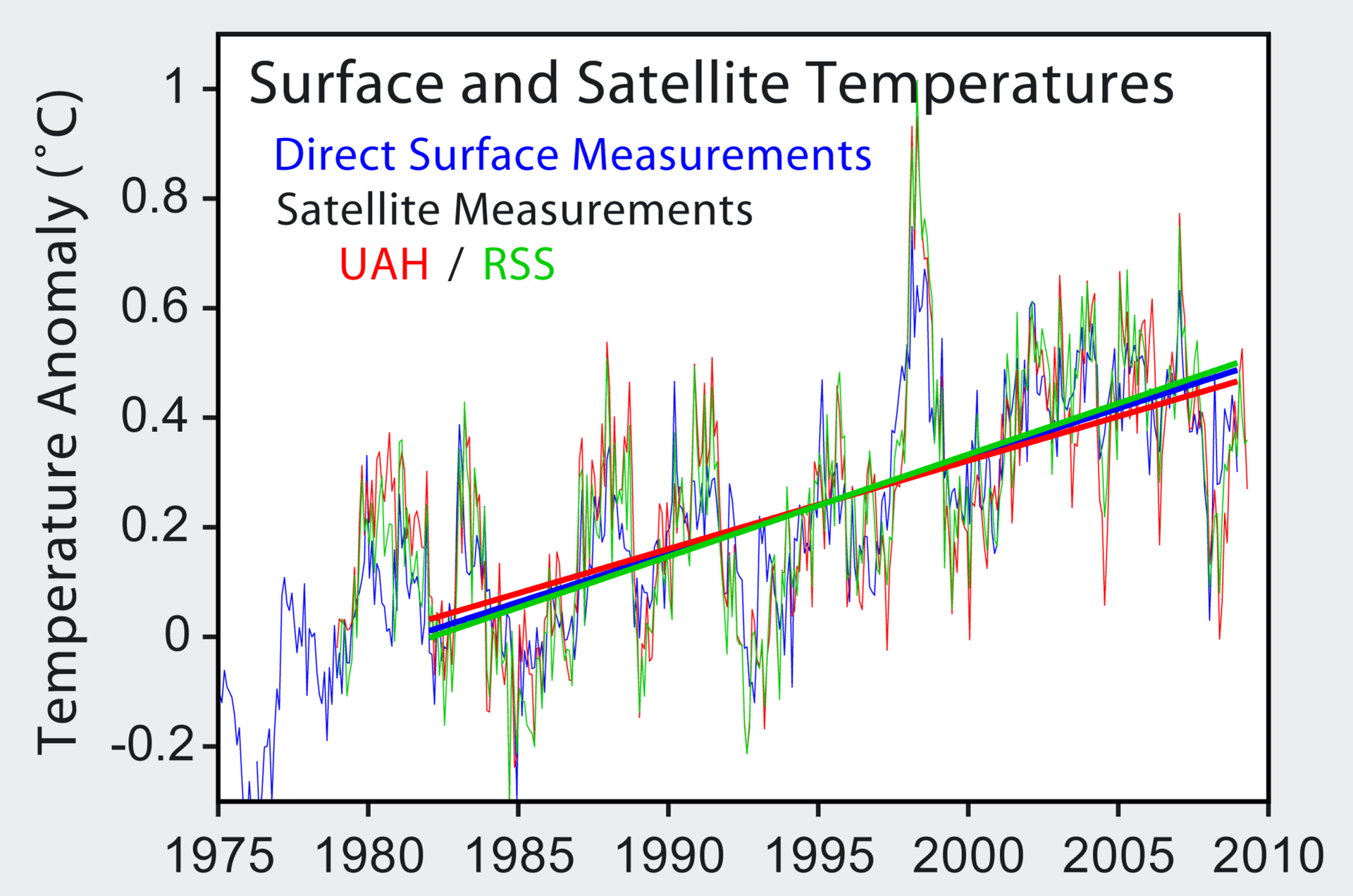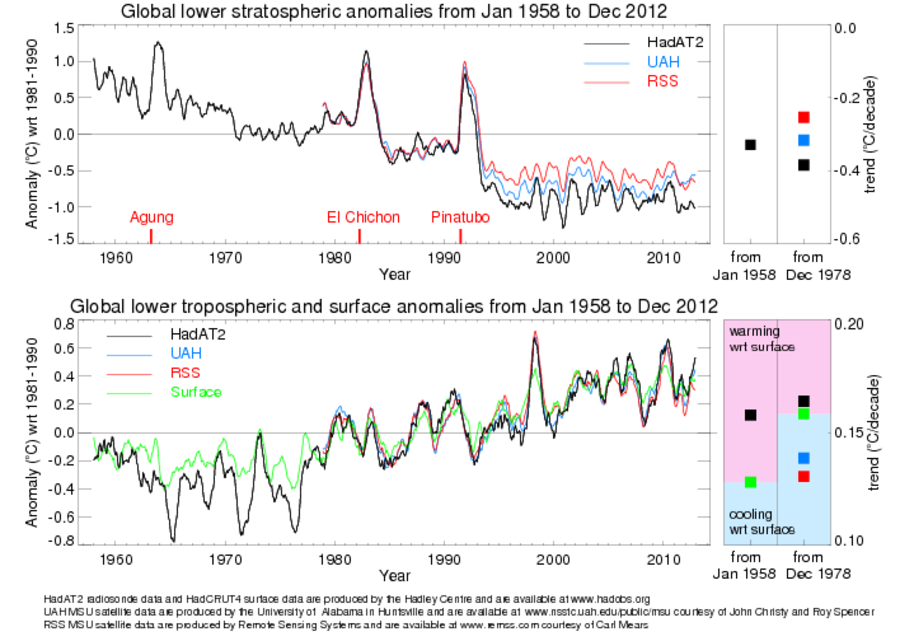SSDD
Gold Member
- Nov 6, 2012
- 16,672
- 1,968
- 280
Very good. Except you listed not one live link with all your list of papers.No, dumb ass, it was you 'Conservatives' that nearly did in the raptors with your insistence that DDT had nothing to do with the mortality of those birds.
And the bullshit continues....Rachel Carson was a fraud and a liar and has the deaths of literally hundreds of millions on her head...but she was a socialist so people like you jumped right on her bandwagon and you share in those deaths...
Bald eagles were reportedly threatened with extinction in 1921 — 25 years before widespread use of DDT. [Van Name, WG. 1921. Ecology 2:76]
The bald eagle had vanished from New England by 1937. [Bent, AC. 1937. Raptorial Birds of America. US National Museum Bull 167:321-349]
After 15 years of heavy and widespread usage of DDT, Audubon Society ornithologists counted 25 percent more eagles per observer in 1960 than during the pre-DDT 1941 bird census. [Marvin, PH. 1964 Birds on the rise. Bull Entomol Soc Amer 10(3):184-186; Wurster, CF. 1969 Congressional Record S4599, May 5, 1969; Anon. 1942. The 42nd Annual Christmas Bird Census. Audubon Magazine 44:1-75 (Jan/Feb 1942; Cruickshank, AD (Editor). 1961. The 61st Annual Christmas Bird Census. Audubon Field Notes 15(2):84-300; White-Stevens, R.. 1972. Statistical analyses of Audubon Christmas Bird censuses. Letter to New York Times, August 15, 1972]
No significant correlation between DDE residues and shell thickness was reported in a large series of bald eagle eggs. [Postupalsky, S. 1971. (DDE residues and shell thickness). Canadian Wildlife Service manuscript, April 8, 1971]
Thickness of eggshells from Florida, Maine and Wisconsin was found to not be correlated with DDT residues.
Data from Krantz, WC. 1970. Pesticides Monitoring Journal4(3):136-140.
State Thickness (mm) DDE residue (ppm)
Florida 0.50 About 10
Maine 0.53 About 22
Wisconsin 0.55 About 4
U.S. Forest Service studies reported an increase in nesting bald eagle productivity (51 in 1964 to 107 in 1970). [U.S. Forest Service (Milwaukee, WI). 1970. Annual Report on Bald Eagle Status]
U.S. Fish and Wildlife Service biologists fed large doses of DDT to captive bald eagles for 112 days and concluded that “DDT residues encountered by eagles in the environment would not adversely affect eagles or their eggs.” [Stickel, L. 1966. Bald eagle-pesticide relationships. Trans 31st N Amer Wildlife Conference, pp.190-200]
Wildlife authorities attributed bald eagle population reductions to a “widespread loss of suitable habitat”, but noted that “illegal shooting continues to be the leading cause of direct mortality in both adult and immature bald eagles.” [Anon.. 1978. U.S. Fish and Wildlife Service, Endangered Species Tech Bull 3:8-9]
Every bald eagle found dead in the U.S., between 1961-1977 (266 birds) was analyzed by U.S. Fish and Wildlife Service biologists who reported no adverse effects caused by DDT or its residues. [Reichel, WL. 1969. (Pesticide residues in 45 bald eagles found dead in the U.S. 1964-1965). Pesticides Monitoring J 3(3)142-144; Belisle, AA. 1972. (Pesticide residues and PCBs and mercury, in bald eagles found dead in the U.S. 1969-1970). Pesticides Monitoring J 6(3): 133-138; Cromartie, E. 1974. (Organochlorine pesticides and PCBs in 37 bald eagles found dead in the U.S. 1971-1972). Pesticides Monitoring J 9:11-14; Coon, NC. 1970. (Causes of bald eagle mortality in the US 1960-1065). Journal of Wildlife Diseases 6:72-76]
U.S. Fish and Wildlife Service biologists linked high intake of mercury from contaminated fish with eagle reproductive problems. [Spann, JW, RG Heath, JF Kreitzer, LN Locke. 1972. (Lethal and reproductive effects of mercury on birds) Science 175:328- 331]
The decline in the U.S. peregrine falcon population occurred long before the DDT years. [Hickey JJ. 1942. (Only 170 pairs of peregrines in eastern U.S. in 1940) Auk 59:176; Hickey JJ. 1971 Testimony at DDT hearings before EPA hearing examiner. (350 pre-DDT peregrines claimed in eastern U.S., with 28 of the females sterile); and Beebe FL. 1971. The Myth of the Vanishing Peregrine Falcon: A study in manipulation of public and official attitudes. Canadian Raptor Society Publication, 31 pages]
Peregrine falcons were deemed undesirable in the early 20th century. Dr. William Hornaday of the New York Zoological Society referred to them as birds that “deserve death, but are so rare that we need not take them into account.” [Hornaday, WT. 1913. Our Vanishing Wild Life. New York Zoological Society, p. 226]
Oologists amassed great collections of falcon eggs. [Peterson, RT. 1948. Birds Over American, Dodd Mead & Co., NY, pp 135-151; Rice, JN. 1969. In Peregrine Falcon Populations, Univ. Of Wisconsin Press, pp 155-164; Berger, DD. 1969. In Peregrine Falcon Populations, Univ. Of Wisconsin Press, pp 165-173]
The decline in falcons along the Hudson River was attributed to falconers, egg collectors, pigeon fanciers and disturbance by construction workers and others. [Herbert, RA and KG Herbert. 1969. In Peregrine Falcon Populations, Univ. Of Wisconsin Press, pp 133- 154. (Also in Auk 82: 62-94)]
The 1950’s and 1960’s saw continuing harassment trapping brooding birds in their nests, removing fat samples for analysis and operating time-lapse cameras beside the nests for extended periods of time), predation and habitat destruction. [Hazeltine, WE. 1972. Statement before Secretary of State’s Advisory Committee on United Nations Conference on the Human Environment, March 16, 1972; Enderson, JH and DD Berger. 1968. (Chlorinated hydrocarbons in peregrines from Northern Canada). Condor 70:149-153; Enderson, JH.. 1972. (Time lapse photography inperegrine nests) Living Bird 11: 113- 128; Risebrough, RW. 1970. (Organochlorines in peregrines and merlins migrating through Wisconsin). Canadian Field-Naturalist 84:247-253]
Falconers were blamed for decimating western populations. [Herman, S. 1969. Peregrine Falcon Populations, University of Wisconsin Press]
During the 1960’s, peregrines in northern Canada were “reproducing normally,” even though they contained 30 times more DDT, DDD, and DDE than the midwestern peregrines that were allegedly extirpated by those chemicals. [Enderson, JH and DD Berger. 1968. (Chlorinated hydrocarbons in peregrines from Northern Canada) Condor 70:170-178]
There was no decline in peregrine falcon pairs in Canada and Alaska between 1950 and 1967 despite the presence of DDT and DDE. [Fyfe, RW. 1959. Peregrine Falcon Populations, pp 101-114; and Fyfe, RW. 1968. Auk 85: 383-384]
The peregrine with the very highest DDT residue (2,435 parts per million) was found feeding three healthy young. [Enderson, JH. 1968. (Pesticide residues in Alaska and Yukon Territory) Auk 85: 683]
Shooting, egg collecting, falconry and disruption of nesting birds along the Yukon River and Colville River were reported to be the cause of the decline in peregrine falcon population.[Beebe, FL. 1971. The Myth of the Vanishing Peregrine Falcon: A study in manipulation of public and official attitudes. Canadian Raptor Society Publication, 31 pages; and Beebe, FL. 1975. Brit Columbia Provincial Museum Occas. Paper No. 17, pages 126-144]
The decline in British peregrine falcons ended by 1966, though DDT was as abundant as ever. The Federal Advisory Committee on Pesticides concluded “There is no close correlation between the declines in populations of predatory birds, particularly the peregrine falcon and the sparrow hawk, and the use of DDT.” [Wilson report. 1969. Review of Organochlorine pesticides in Britain. Report by the Advisory Committee on toxic chemicals. Department of Education and Science]
During 1940-1945, the British Air Ministry shot about 600 peregrines (half the pre-1939 level) to protect carrier pigeons.
Peregrine falcon and sparrow hawk egg shells thinned in Britain prior to the use of DDT. [Redcliff, DH. 1967. Nature 215: 208-210; Redcliff, DH. 1970 J Applied Biology 7:67; and Redcliff, DH. 1967. Nature 215: 208-210]
Chlorinated Hydrocarbons and Eggshell Changes in Raptorial and Fish-Eating Birds | Science
Chlorinated Hydrocarbons and Eggshell Changes in Raptorial and Fish-Eating Birds
Abstract
Catastrophic declines of three raptorial species in the United States have been accompanied by decreases in eggshell thickness that began in 1947, have amounted to 19 percent or more, and were identical to phenomena reported in Britain. In 1967, shell thickness in herring gull eggs from five states decreased with increases in chlorinated hydrocarbon residues.
Dieldrin and DDT: Effects on Sparrow Hawk Eggshells and Reproduction | Science
REPORTS
- 0
Dieldrin and DDT: Effects on Sparrow Hawk Eggshells and Reproduction
+ Author Affiliations
Science 11 Jul 1969:
Vol. 165, Issue 3889, pp. 199-200
DOI: 10.1126/science.165.3889.199
Abstract
Patterns of reproductive failure in declining populations of several European and North American raptorial species were duplicated experimentally with captive American sparrow hawks Falco sparvcrius that were given a diet containing two commonly used organochlorine insecticides. Major effects on reproduction were increased egg disappearance, increased egg destruction by parent birds, and reduced eggshell thickness.
DDE Residues and Eggshell Changes in Alaskan Falcons and Hawks | Science
DDE Residues and Eggshell Changes in Alaskan Falcons and Hawks
+ Author Affiliations
Science 28 May 1971:
Vol. 172, Issue 3986, pp. 955-957
DOI: 10.1126/science.172.3986.955
Abstract
Eggshell thickness after exposure to DDT was reduced by 21.7 percent in Alaskan tundra peregrines, by 16.8 percent in taiga peregrines, by 7.5 percent in Aleutian peregrines, by 3.3 percent in rough-legged hawks, and not at all in gyrfalcons. Tundra peregrine eggs contain an average of 889 parts of DDE per million (lipid basis); taiga peregrine eggs contain 673 parts per million; Aleutian peregrine eggs contain 167 parts per million; rough-legged hawk eggs contain 22.5 parts per million; and gyrfalcon eggs contain 3.88 parts per million. These changes in eggshell thickness and the pesticide residues reflect different degrees of exposure to contamination. There is a highly significant negative correlation between shell thickness and DDE content in peregrine eggs. Tundra and taiga peregrines have fledged progressively fewer young each year since 1966.
Now all I did was put "eggshell thickness, DDT" on google scholar. Many, many wonderful articles on the effects of DDT on eggshell thickness. Many, many. LOL
you aren't bright enough to look them up?...sorry...I have done it before. You are going to believe rachel and her followers regardless of any evidence you are given...such is the nature of blind idiot liberalism.






 yeah those "libruls" are sure fanatical
yeah those "libruls" are sure fanatical